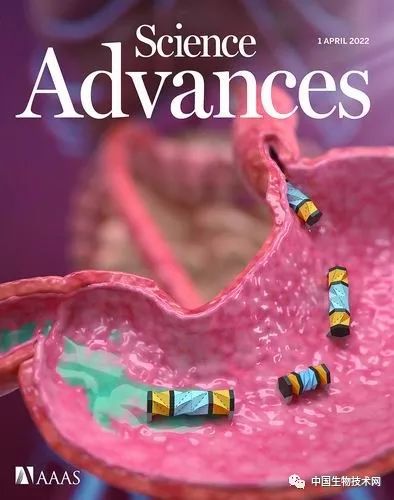When we are sick, what we hope for most is a miraculous medicine that can cure us instantly after swallowing. However, the pain still lingers, and you are left waiting for it to subside. In reality, drugs do not always target the pain point as precisely as you wish. Therefore, their efficacy becomes like Schrödinger’s cat.
For decades, over-the-counter medications have cured many diseases, but there are still more diseases where the drugs cannot reach the treatment target, resulting in “the drug has not arrived, and the disease has not been cured.”
To address this, researchers in the biomedical field have begun exploring methods to improve targeted delivery when treating more complex diseases.
Millirobot can operate wirelessly in confined spaces and change shape according to specific tasks. These features have shown great potential in biomedical applications, such as diagnosing diseases, targeted drug delivery, and minimally invasive surgery.
On June 15, 2022, a recent study published in Nature Communications led by Assistant Professor Renee Zhao from the Department of Mechanical Engineering at Stanford University developed a magnetically driven wireless millirobot called Millirobot, which can crawl, flip, jump, and even swim into various complex and confined spaces within the body. The team stated that Millirobot could replace oral tablets or intravenous injections that could lead to potential side effects and is expected to become a savior in the biomedical field.
Renee Zhao is a leading figure in the field of microrobotics. Recently, a study published on the cover of Science Advances featured a bionic soft-bodied “crawler” developed by Zhao’s team, capable of storing and releasing drugs while navigating through narrow spaces.
The new Millirobot is one of the most advanced microrobots designed to date, with a width of less than 7.8 millimeters and equipped with a magnetic plate, enabling “amphibious” movement: capable of swiftly traversing smooth or uneven surfaces of organs and swimming in bodily fluids while transporting drugs and propelling itself forward wirelessly.
Unlike swallowing pills or injections, Millirobot retains the drug until it reaches the target location, then releases a high concentration of the drug.
Renee Zhao said, “This is how our robot achieves targeted drug delivery.”
This groundbreaking design surpasses most origami-based robots, which only use foldability to control the robot’s deformation and movement; whereas Millirobot can utilize folding actions to perform certain tasks, such as extruding drugs, similar to how an accordion expels air.
The team also considered how the rigidity of Millirobot’s deployed form allows it to propel itself in the environment, gaining more functionality from the materials without increasing volume.
Renee Zhao explained that the more functions achieved by a single structure, the less invasive the surgery becomes.
Another unique aspect of the design includes the combination of certain geometric features, such as an elongated central hole and slits that incline upward on the sides, which reduces liquid resistance to enhance swimming efficiency.

Renee Zhao stated, “This design can create negative pressure for the robot, enabling it to swim rapidly while providing suction for drug pickup and delivery.”
In summary, the team has fully utilized the geometric characteristics of this microrobot and explored various applications and functions of a single structure.
Currently, Renee Zhao’s laboratory is considering how to improve existing treatments by establishing new technologies. If this research progresses as planned, Millirobot will not only provide a convenient way for effective drug delivery but also be used to carry instruments or cameras into the body, changing how doctors examine patients. The team is also committed to using ultrasound imaging to track the robot’s movements, eliminating any invasive procedures such as cutting into organs.
Millirobot is currently undergoing testing before animal experiments, and if successful, human clinical trials will follow.

Millirobot in the pig’s stomach during its “amphibious movement”
Renee Zhao stated that her team continues to combine various novel smart materials and structures into unique designs, ultimately forming new biomedical devices. She also plans to continue miniaturizing Millirobot to further conduct microscale biomedical research.
Paper Links:
https://www.nature.com/articles/s41467-022-30802-w
https://www.science.org/doi/full/10.1126/sciadv.abm7834









